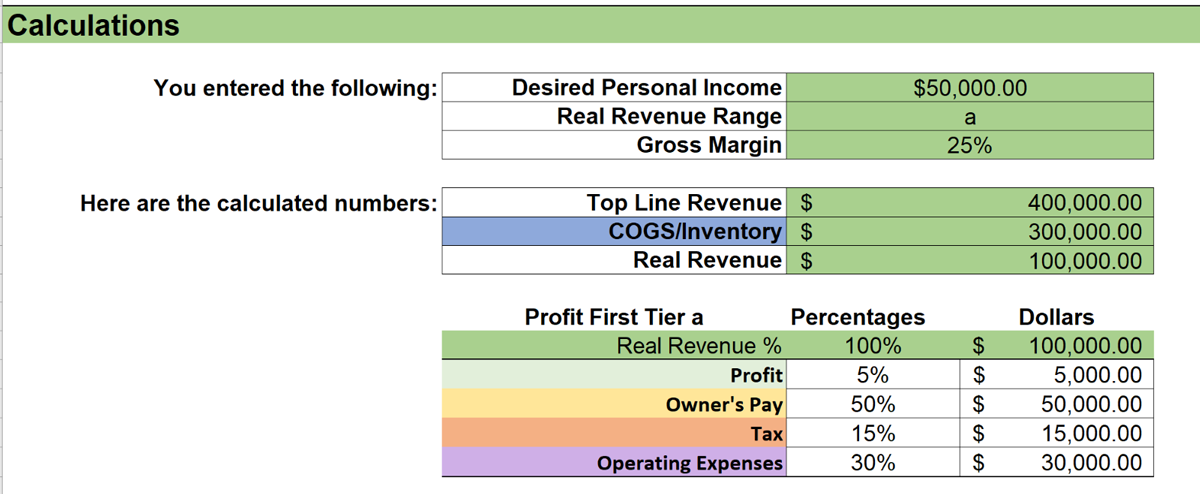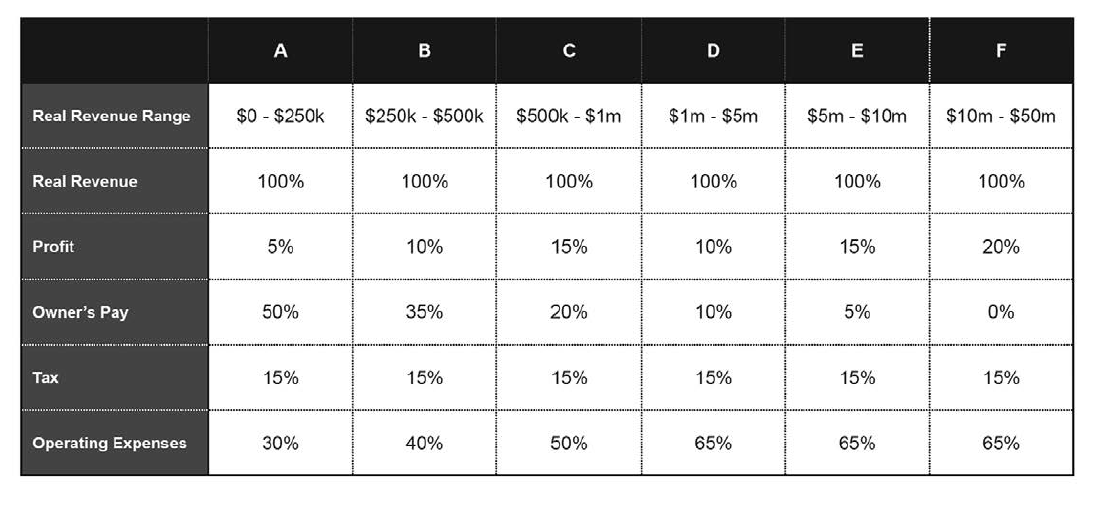Originally published on August 31, 2021, updated December 15, 2023
Menu
Join Our Email List
- Receive our monthly newsletter.
- Stay up to date on Amazon policies.
- Get tips to grow your business.
You’re seeing the sales add up and you're starting to feel more confident in your Amazon business. Good news, right? And how is your time working out? Are you working a day job and then coming home and trying to get your Amazon hustle to pay off? This makes for long, hard days!
One of the first steps I recommend to clients is to pay themselves. Even if you don't need the money right now because your bills are covered by your “real” job, there’s a mindset created by drawing that paycheck. Here's why and how to determine the amount you should set aside for your pay.
Let's start with the premise of why you started your business in the first place. Perhaps it was just to earn a little extra income to fund a project, but now you see the potential for more. More freedom from the 9-5 job. More money than your current paycheck provides. More living your life on your terms. These are all great reasons to begin planning for the business to become your primary income.
However, you have this nagging concern that maybe it won't be enough money to cover your bills. And you're already working like crazy in the business and realize you may need help. How can you ensure that you're being smart about your time and your money?
Here are my top three suggestions for making the move to pay yourself with confidence.
First, realize that even if you aren't going to actually pay yourself immediately, you need to set aside the funds so that your business's financial structure factors in paying you for the work you do. If you put all the money into inventory, then you get in the habit of spending money without regard to the real costs of labor for the business.
Profit First provides the recommended levels of Owner Pay based on surveys from highly successful businesses. You can use that model to determine the appropriate amount to pay yourself or at least set aside to help fund future labor options.
I recommend setting up an Owner Pay checking account and funding the account based on your Real Revenue tier in the Profit First chart below.
Real Revenue is calculated by taking your Top Line Revenue (your sales number) less any cash you spend on Inventory. Let's look at an example.
You sold $400,000 in product last year and you bought $300,000 in inventory. Your Real Revenue is $100,000. Since your business has a Real Revenue of less than $250,000, your income should pay profits of 5%, Owner Pay of 50%, and taxes of 15%, leaving only 30% to pay for Operating Expenses. See Column A in the chart below.

Next, now that you know how much you should be paying yourself, how much do you have to sell to get to an amount that will replace your current paycheck? We have reverse engineered our Profit First chart so that with three pieces of information, you can calculate your sales and profitability goals to know your targets.
Using our example above, the business owner wanted to pay herself $50,000 to replace her salary. She knew her gross margins were 25%, which means $300,000 of her top-line revenue goes back into inventory. That leaves real revenue of $100,000 which falls into Tier A in our chart. As a result, 50% of real revenue goes into owner pay.
Using just three inputs: your needed pay, your real revenue tier from the chart, and your gross margin, you can begin to understand your sales requirements and your profitability requirements. See the chart below for the calculations.

Finally, you most likely will feel the impact of dedicating funds to Profit, Owner Pay, and Taxes because that only leaves 30% to fund your operating expenses. Operating Expenses can easily get out of hand, so by maintaining pressure on them you foster innovation, efficiency, and frugality in your operations. These are all positive pressures for your business.
Reverse engineer your numbers, starting with the level of salary you need to support your family and your lifestyle. Then you look at the benchmark numbers compiled by Mike Michalowicz to determine how your business compares to a healthy business. See the chart below taken from Profit First for Ecommerce Sellers.

As an example, if you need $75,000 a year to cover your expenses, then you can calculate the other numbers in the equation so long as you know your gross profit. In this scenario, gross profit is an approximation for Real Revenue shown in the chart. These two numbers should be reasonably close if your business is healthy. If it is not, stop right now and work on your business. It's too early to quit your day job.
Here is the math for a business in the range of $0-$250K at the Gross Profit level which is column A in the chart above.
Using $75,000 pay you need / 50% from the chart = $150,000 which is the real revenue requirement shown in the chart’s range of $0-$250k. To maintain a healthy business, you need to set aside money for profit, taxes, and operating expenses based on the levels shown in the chart.

How does your current business stack up against these numbers?
If you want to do a “double check” against your top-line revenue or gross sales number, simply take your real revenue number and divide it by your gross margin percentage.
150,000 / 30% = 500,000 Top line revenue or Total Sales
In our experience, eCommerce businesses need to have around a 30% gross margin to be able to fully support the overhead required to function healthily. So, if you're significantly below this number, consider what you can do to improve your gross margin as part of your action plan before you depend on your eCommerce business as your sole source of income.
Because Profit First provides these key benchmarks, we can learn exactly what to improve to make our businesses work for us. After all, the reason we want to leave our day jobs is the freedom and the flexibility that an eCommerce business provides. Being a slave to a cash-eating monster is not the plan, so do the numbers and ensure your business is ready before you move forward. And while you’re at it, set your business up on the Profit First system so that paying yourself and making a profit is a habit! Operating your business under the Profit First method will help you move towards your dream job even quicker.
If you decide you're working too much and not seeing family or having a life outside of work, you might decide that your first hire will be an assistant to give you some relief. By having planned for labor costs from the beginning, it is easier to take this step. Too often, business owners work so hard for no reward that they begin to resent their business. Building in Owner Pay from the beginning will help you avoid this trap.
If you're interested in applying the Owner Pay Calculator to your business, you can get it here. If you'd like to embark on the full Profit First Cash Flow Management program, check out my book, Profit First for Ecommerce Sellers. Have questions? Reach out to the bookskeep team today!
Originally published on August 31, 2021, updated December 15, 2023
This post is accurate as of the date of publication. Some features and information may have changed due to product updates or Amazon policy changes.
These Stories on Business
14321 Winter Breeze Drive
Suite 121 Midlothian, VA 23113
Call us: 800-757-6840





Copyright© 2007-2024 eComEngine, LLC. All Rights Reserved. eComEngine®, FeedbackFive®, RestockPro®, and SellerPulse® are trademarks or registered trademarks of eComEngine, LLC. Amazon's trademark is used under license from Amazon.com, Inc. or its affiliates.
No Comments Yet
Let us know what you think